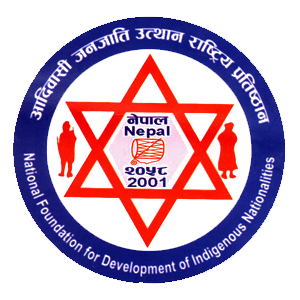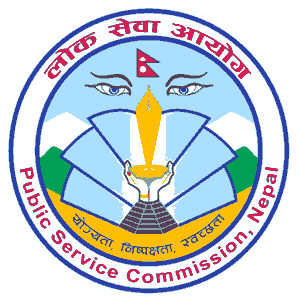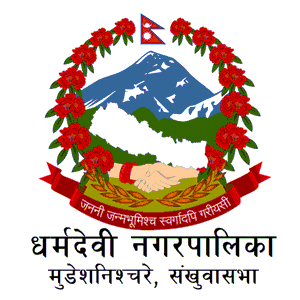Overview
Nepal Academy of Science and Technology (NAST - Nepal Bigyan Tatha Prabidhi Pragya Pratisthan), Khumaltar, Lalitpur, was established in 1982 AD as an autonomous apex body to promote science and technology in the country.
NAST is entrusted with four primary objectives: advancement of science and technology for the all-round development of the nation; preservation and further modernization of Indigenous technologies; promotion of research in science and technology; and identification and facilitation of appropriate technology transfer.
The NAST is mandated to advise the Government of Nepal on the national S&T programs and policies. It carries out its functions through Faculties of Science & Technology with the support of its Promotion and Administrative divisions.
.jpg)
Objectives
NAST was established with the vision of the country's overall development, propelled by science and technology. The Academy has been entrusted with four main objectives to ensure the vision.
-
Advancement of science and technology for the overall development of the nation
-
Preservation and modernization of Indigenous technologies
-
Promotion of research in science and technology
-
Identification and facilitation of appropriate technology transfer
Directives of the Academy
The Academy is the nation's 'think tank' for pursuing excellence in S&T. Its functions encompass a broad spectrum to propel the advancement of science and technology.
-
Conduct research in prioritized areas of Science and Technology.
-
Advise the Government of Nepal (GoN) on science and technology policy and programs.
-
Advise GoN on technology transfer policy.
-
Collaborate S&T-related programs with national and international agencies.
-
Disseminate S&T-related information through a modem information system.
-
Organize seminars, workshops, conferences, fairs, and exhibitions and facilitate S&T publications to ensure the Popularization of science in the country.
-
Establish cooperation with regional and international S&T institutions.
-
Mobilize internal and external resources in the S&T sector.
-
Promote and foster national S&T institutions.
-
Advise GoN on the establishment of new S&T institutions.
Research Areas
NAST conducts research in collaboration with national and international agencies through Faculties of Science and Technology. Research, innovation, and technology transfer-related activities embrace various S&T areas.
Activities of Faculty of Science Biological Resources Molecular Biotechnology Natural Product Chemistry Environment and Climate Change Physical Sciences Nepal Climate Change Knowledge Management Center (NCCKMC) Talent Promotion Nepal Flora Project Model Science Village Project
Activities of Faculty of Technology Solar Energy Technology Materials Science and Nanotechnology Bioenergy Technology Innovation, Incubation and Technology Transfer Disaster Risk Reduction Instrumentation Wind Energy Mapping Small Hydropower Information Technology Indigenous Technology Plastics to Fuel Project
Promotion and Publicity
Research findings must reach the national and international scientific community and the general masses. To disseminate and popularize S&T, the Promotion and Publicity Division conducts promotional activities.
Activities of Promotion Division Awards, Fellowships, and Grants Distribution S&T Communication through Audio - Video Programs for Science Awareness Campaign Scientific Publication and Conference Library and Information Resource Center
Pioneer Initiatives
In more than thirty years, NAST has carried out several pioneering tests, research, and applications of different technologies and established institutions needed for our country.
-
National Forensic Science Laboratory (1986)
-
Natural Force Ferry Boat at Gaighatt and Ghatbesi (1987)
-
Radiation Monitoring Service and Research (1988)
-
BCSPIN Summer Schools of Physics (1988)
-
Photovoltaic Water Pumping System, Ammapur Dang (1988)
-
Biobriquettes and Testing of Improved Cooking Stove
-
Wind Energy Monitoring Station - Kagbeni Mustang (1989)
-
High Altitude Pyramid Laboratory (1990)
-
Introduction of E-mail Services in Nepal (1993)
-
Science Week (1993)
-
Science Radio Program (1996)
-
Renewable Energy Test Station (2002)
-
DNA Sequencing Using PCR (2003)
-
Dendrochronology Laboratory (2009)
-
Nepal Climate Change Knowledge Management Centre (NCCKMC) (2010)
-
Publication of Flora of Nepal (2011) Volume (3)
-
Sun Simulator for Solar Module Testing (2013)
-
Plastics to Fuel Laboratory (2016)
-
Earthquake Early Warning Control Center (2016)
-
Renewable Energy Test Station (RETS)
Institution Linkages
NAST has academic linkages with national, regional, and international S&T Academies and institutions for bilateral and multilateral academic exchange programs and collaborative research.
International Linkages
-
Bangladesh Academy of Sciences, Bangladesh
-
Chinese Academy of Sciences, China
-
Institute National De la Recherche Agronomique (INRA), France
-
Hungarian Academy of Sciences, Hungary
-
Central Drugs Research Institute, Lucknow, India
-
Council of Scientific and Industrial Research (CSIR), India
-
Indian National Science Academy (INSA), India
-
Institute of Microbial Technology, Chandigarh, India
-
National Council of Science Museums (NCSM) India
-
Ev-K2-CNR, Italy
-
Consiglio Nazionale delle Ricerche (CNR), Italy
-
New Energy Industrial Technology Development Organization (NEDO), Japan
-
Pakistan Academy of Sciences
-
The University of Tokyo, Japan
-
The Korean Academy of Science and Technology (KAST), Korea
-
The Mongolian Academy of Sciences(MAS)
-
National Academy of Sciences Sri Lankan (NAVAL))
-
University of Zurich, Switzerland
-
Academy of Sciences of IR IRAN
-
Asian Institute of Technology (AIT), Thailand
-
Academia Sinica, Taiwan
-
King Mongkut's University of Technology Thailand
-
National Science & Technology Development
-
Natural History Museum, UK
-
Royal Botanical Garden, Edinburgh, UK
-
The Far Eastern Branch of the Russian Academy of Sciences (FEB RAS)
-
International Coordination Council, Non-Resident Nepalese Association
-
New and Renewal Energy Material Development Centre, Chonbuk National University, Korea
-
National Institute of Materials Science, Japan
-
Amity University Uttar Pradesh, India
-
Global Change Research Centre, Czech Academy of Sciences, (CzechGlobe)
-
Institute of Care-Life, People's Republic of China
-
Department of Geosciences, University of Montan, Missoula, MT, USA
-
China-South Asia Technology Transfer Centre
-
Earthquake Research Institute, the University of Tokyo, Japan
-
Chonbuk National University, Jeollabuk-do, Republic of Korea
-
Eco party (Global Environment Cultural Exchange Society), Matsudo, Chiba, Japan
-
Institute for Advanced Sustainability Studies (IASS), Potsdam, Germany
-
China South Asia Technology Transfer Center, Kunming, China
National Linkages
-
Tribhuvan University, Kirtipur
-
The Solar Energy Test System (SETS), Khumaltar, Lalitpur
-
Alternative Energy Promotion Centre and Energy Sector Assistance Program (AEPC/ESAP) Mahendra Sanskrit University, Dang
-
Kathmandu University (KU), Dhulikhel, Kavre.
-
B.P Koirala Institute of Health Sciences (BPKIH), Dharan, Sunsari
-
National Centre for Education Development (NCED)
-
Department of Education, Ministry of Education and Sports
-
Department of National Park and Wild Life Conservation, Ministry of Forest and Soil Conservation
-
Shelter and Local Technology Development Centre (SLTDC),
-
Nepal Education Foundation-Consortium of Colleges, Nepal, Lalitpur
MEMBERSHIP/FOCAL POINT
NAST contributes to the globalization of science and technology by serving as the focal point for international cooperation and information exchange.
-
The World Academy of Sciences (TWAS) Association for Science Cooperation in Asia (ASCA)
-
Association of Academies of Societies of Sciences in Asia (AASSA)
-
Center for Science and Technology of Non-Aligned Countries (NAM S&T Centre))
-
Inter Academy Panel-(IAP)
-
International Council of Scientific Unions (ICSU), International Foundation of Sciences (IFS), Science Council of Asia (SCA)
-
Science & Technology Policy Asian Network (STEPAN)
Organizational Structure:
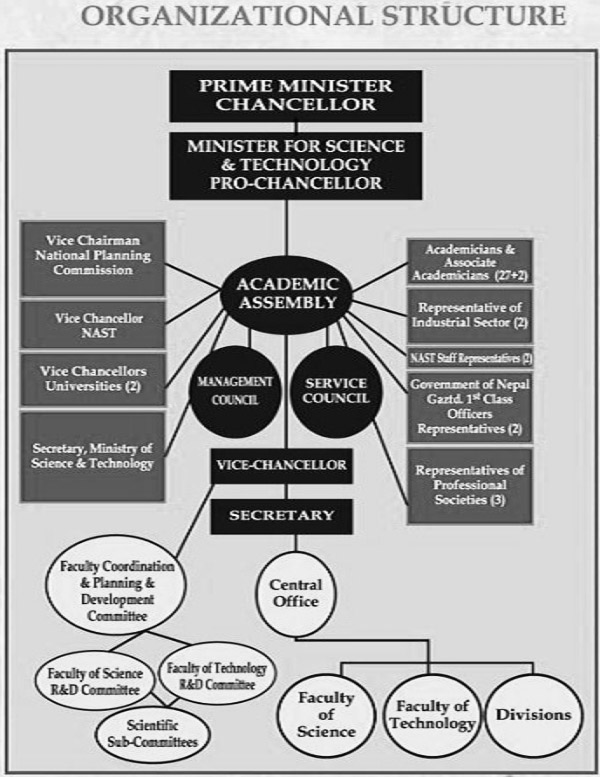
The Prime Minister is the Chancellor of the NAST. The Chancellor chairs the Academic Assembly, the highest body of NAST. The Academic Assembly typically meets twice a year to set policy guidelines for the Academy and to approve the annual program and budget. The Minister for Science and Technology is an ex-officio Pro-chancellor.
Other members of the Assembly include Academicians of NAST, a Vice Chairman of the National Planning Commission, Vice Chancellors of the universities, three representatives of S&T professional societies, and two staff members of the Academy. The Vice-Chancellor, appointed by the Chancellor on the recommendation of a special committee, is the Chief Executive, who heads a management council consisting of up to five Members of the Academic Assembly and a Secretary. NAST's programs are conceived and executed by the Faculties and the Divisions led by senior staff of the Academy.
The Academic Assembly
The highest policy-making body of the Academy is the Academic Assembly. The Prime Minister is the Chancellor of the Academy and chairs the Assembly. The Academic Assembly meets twice yearly to set policy guidelines for the Academy and approve the annual program and budget. The Minister for Science and Technology is an ex-officio Pro-chancellor of the Academy.
Other members of the Assembly include the Vice Chairman of the National Planning Commission, Vice Chancellor of NAST, twenty-seven members from among NAST academicians, two Vice Chancellors from among the universities, three representatives of S&T professional societies, two associate academicians of NAST, Secretary of Ministry of Science and Technology, two representatives of the Government of Nepal gazetted first class officers, two representatives of the industrial sector and two NAST staff representatives. NAST secretary serves as the member secretary of the Assembly.
The Management Council
The Management Council is responsible mainly for implementing the decisions of the academic assembly meetings and preparing agendas and proposals to be submitted to them. The council makes the decisions necessary to run the Academy regularly. The Vice-Chancellor chairs it. The other council members include up to five members of the academic Assembly and the NAST Secretary as the member secretary.
The service commission
The NAST Service Commission consists of a chairman, a member academician, and a representative from the Public Service Commission. The Chancellor nominates the chairman. The Academy's secretary serves as the member secretary. The commission functions as an independent body in matters related to the permanent appointment and promotion of the Academy's staff. The central office of NAST is located in Khumaltar, Lalitpur. The Vice-Chancellor is the chief executive authority, and the secretary is the administrative head of the Academy.
NAST programs are conceived and executed by the faculties and divisions led by senior academy staff. Also, there are the Faculty Coordination & Planning & Development Committee, Science Faculty & Development Committee, Technology Faculty Research & Development Committee, and Scientific Subcommittees to assist in formulating policy and scientific activities in different areas of Science and Technology. Learn more about the service of NAST.



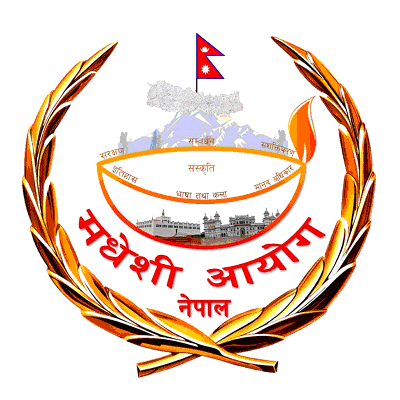
-Logo.png)
-Logo.png)
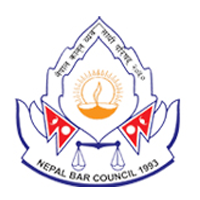
.png)
